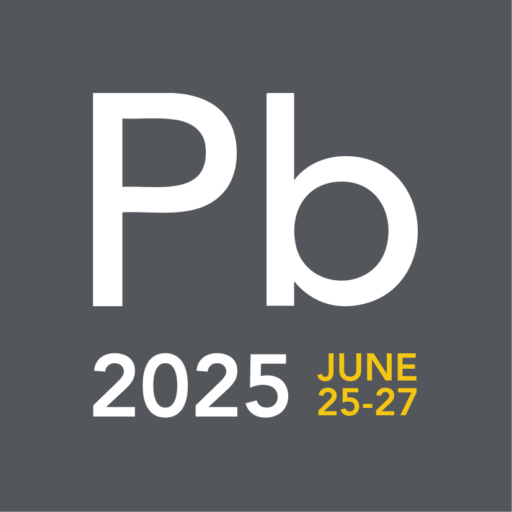Solutions of comprehensive recycling lead contained heavy metal waste
Agenda for
25-27 June
2025

LIU Xuezhou (Benny)
Overseas Marketing Director at Hunan RE Technology Co., Ltd., (referred as RE TECH), China
During the production of lead (includes secondary lead) a large amount of lead contained heavy metal waste is generated. If they are not effectively recycled and safely disposed, it will not only result in resource wastage but also lead to significant environmental risks. In many countries, the comprehensive recycling of lead-contained waste faces issues such as low recycling rates, high operation costs, and secondary pollution.
To address the challenges of industrial competition and increasing environment protection regulatory pressure, various smelting processes have been explored to enhance recovery rates and minimize environmental impact. For instance, the OSBF process has been proven effective for smelters, improving efficiency while reducing emissions.
With the anticipated shortage of ULABs (Used Lead-Acid Batteries) and the rising value of recovered metals, improving production efficiency and total value of final products has become a priority, especially in China. Stricter environmental regulations require smelters to adopt advanced technologies capable of treating a variety of lead-containing materials simultaneously, reduce hazardous waste discharge, and implement safer disposal methods.
By analyzing and comparing secondary lead smelting process — focusing on energy consumption, process efficiency, and environmental compliance — economical and effective, low carbon and environmental friendly solutions can be developed to help smelters that have different raw material composition. However, the feasibility of such investments depends on regional regulatory frameworks and the specific conditions of markets, necessitating further assessment.
To address the challenges of industrial competition and increasing environment protection regulatory pressure, various smelting processes have been explored to enhance recovery rates and minimize environmental impact. For instance, the OSBF process has been proven effective for smelters, improving efficiency while reducing emissions.
With the anticipated shortage of ULABs (Used Lead-Acid Batteries) and the rising value of recovered metals, improving production efficiency and total value of final products has become a priority, especially in China. Stricter environmental regulations require smelters to adopt advanced technologies capable of treating a variety of lead-containing materials simultaneously, reduce hazardous waste discharge, and implement safer disposal methods.
By analyzing and comparing secondary lead smelting process — focusing on energy consumption, process efficiency, and environmental compliance — economical and effective, low carbon and environmental friendly solutions can be developed to help smelters that have different raw material composition. However, the feasibility of such investments depends on regional regulatory frameworks and the specific conditions of markets, necessitating further assessment.
Bio
Graduated double master degrees from Victoria University of Technology Melbourne and engaged in an advanced studies in RMIT Australia. With 15+ years of experience includes 6+ years working experience in the secondary lead metallurgy industry, serviced more than 15 customers worldwide.


